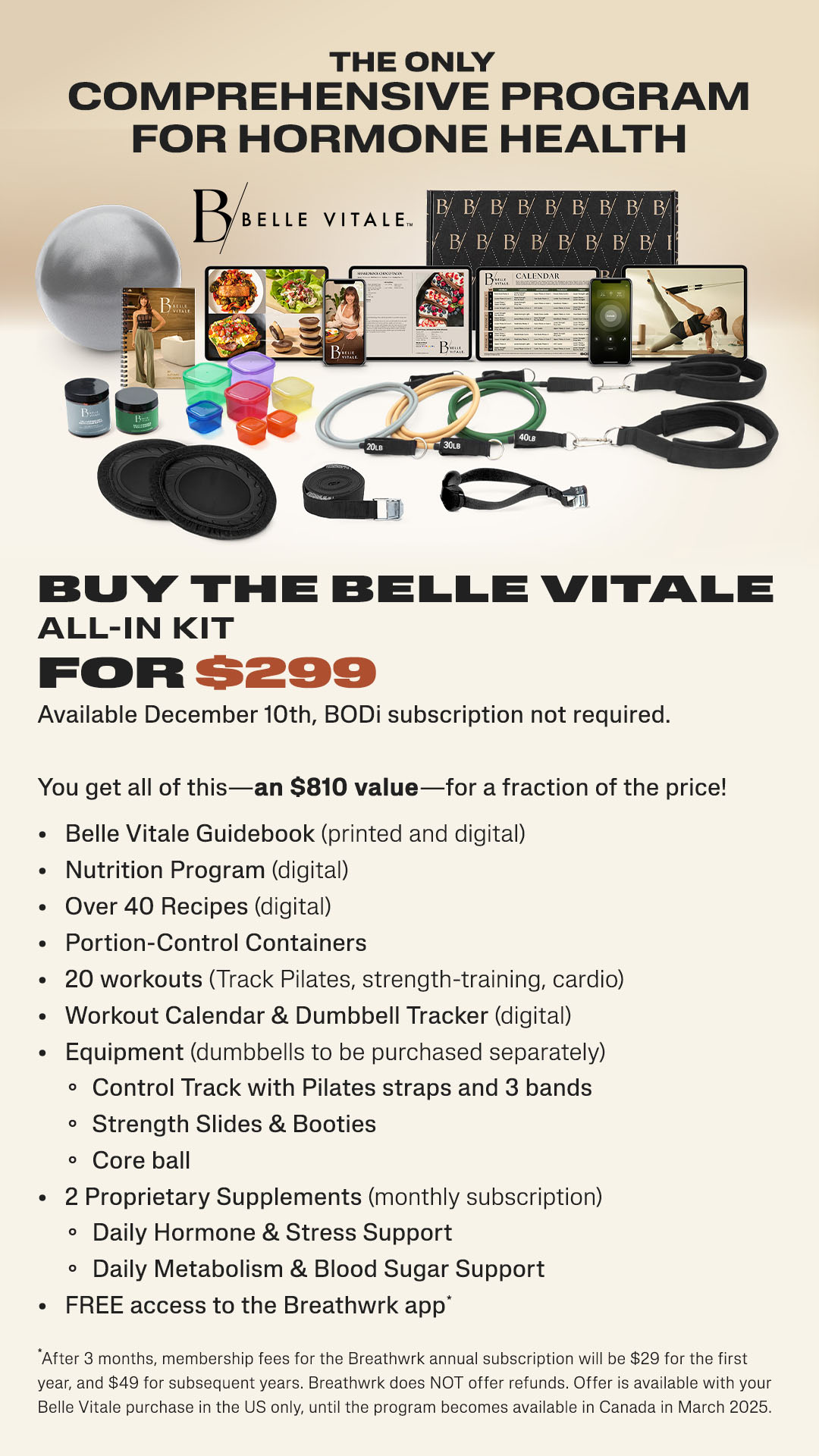What is the Best Heart Rate for Swimming
Heart Rate Monitors Make a Splash! Part Two
This is the second of three articles about using a Polar heart rate monitor as a fitness tool in aquatic exercise classes and personal training. Article One · Article Three
In Part One, we learned what a heart rate monitor is, how to use it, and that monitors can be used in the pool as a superior way to accurately and effortlessly measure heart rate in beats per minute. This is a great tool for aquatic fitness instructors and personal trainers who need to know participants’ and clients’ heart rates. So
Now that I have my monitor, what should my heart rate be, when I swim?
That depends on how you calculate it!
Traditionally, the equation “220-age” has been used to estimate a person’s maximum heart rate. And, an intensity range of 60 to 90% of a persons estimated maximum heart rate is considered to elicit a safe cardio respiratory or aerobic effect during training.
Remember the poor pool participants in Part One, who were frantically searching the wall chart for what their heart rate should be, when the instructor asked them to take a pulse rate? Most heart rate wall charts follow the 220-age equation, and display the 60 to 90% range for various age groups (20, 25, 30, 35, and so on).
A more accurate way to calculate exercise intensity via heart rate is to use Karvonens formula. To do this, you must know your resting heart rate. Find it by taking your heart rate for 60 seconds for three mornings before rising from bed, and average the three. Then, calculate as follows:
220 – Age – Resting Heart Rate = Heart Rate Reserve
Heart Rate Reserve x 50% + Resting Heart Rate = Minimum Training Threshold
Heart Rate Reserve x 85% + Resting Heart Rate = Maximum Training Threshold
But, is everyone’s maximum heart rate “220 – their age”?
No way! And, its true that both of the methods above are based upon that assumption. So, where did 220 come from? It supposedly relates somehow to newborn babies maximum heart rate. But, no one has put a baby on a treadmill yet, to work them to the max. And, research has established that there may be a margin of error as large as 30 beats per minute in 220 based formulas.
So, what is the best way to estimate maximum heart rate?
World-class athlete and heart rate monitor
“guru” Sally Edwards calls this the Best-Fit Formula. After years of searching for a better
formula, she believes it to be the most accurate to date. Here it is:
210 minus 50% of your age minus 5% of your body
weight (pounds) + 4 if male and 0 if female = Estimated Maximum heart
rate.
But, exercising in the water throws another curve ball…
Are heart rates during aquatic exercise the same as on land?
No!
Aqua heart rates are 13% or 17 beats per minute lower in water than
heart rates during comparable land exercise.
Why is my heart rate lower in
water than on land? There are five theories. And they make good sense!
Temperature - Water cools the body with less effort than air. This reduced effort means less work for the heart, resulting in a lower heart rate.
Gravity - Water reduces the effect of gravity on the body. Blood flows from below the heart back up to it with less effort, resulting in a lowered heart rate.
Compression - Water is thought to act like a compressor on all body systems, including the vascular system, causing a smaller venous load to the heart than equivalent land exercise.
Partial Pressure - A gas enters a liquid more readily under pressure. In water exercise, the gas is oxygen and the liquid is the blood. So, more efficient gas transfer due to water pressure may reduce the workload of the heart.
Dive Reflex - a primitive reflex associated with a nerve found in the nasal area. When the face is submerged in water, this reflex lowers heart rate and blood pressure. This reflex is stronger in some individuals than in others. Some research suggests that the face doesnt even need to be in the water for the dive reflex to occur. Some people experience its effect when standing in chest deep water.
So, how do I calculate my aquatic target heart rate?
Take a 13% or 17 beats per minute deduction from your minimum and maximum training thresholds on land.
So, strap on your heart rate monitor, jump in the pool, and finally know that you are exercising at a more accurate aquatic target heart rate!
Joanne Maybeck is a fitness instructor and personal trainer in New York City. She is certified by ACSM, ACE, AEA, and AAAI/ISMA. Joanne presents the CEC workshop Aquatic Heart Zone Training and will offers on-line heart monitor education. She believes in training with heart! For more about Joanne, please visit her Internet web site or email her at FitNYC@aol.com





